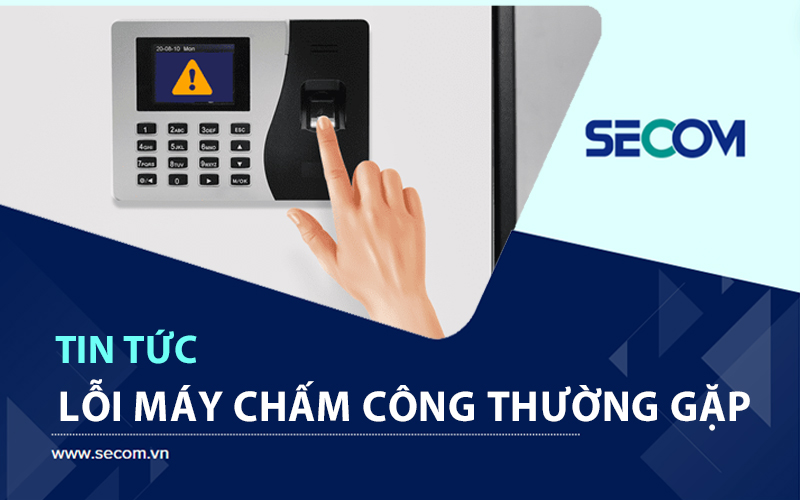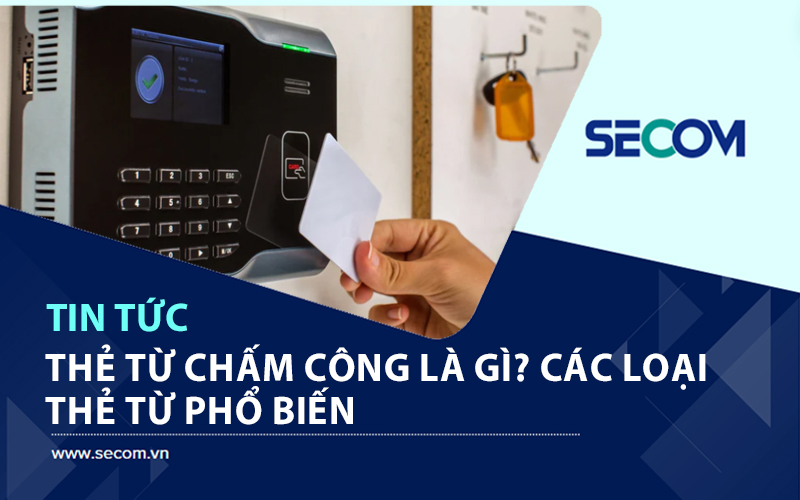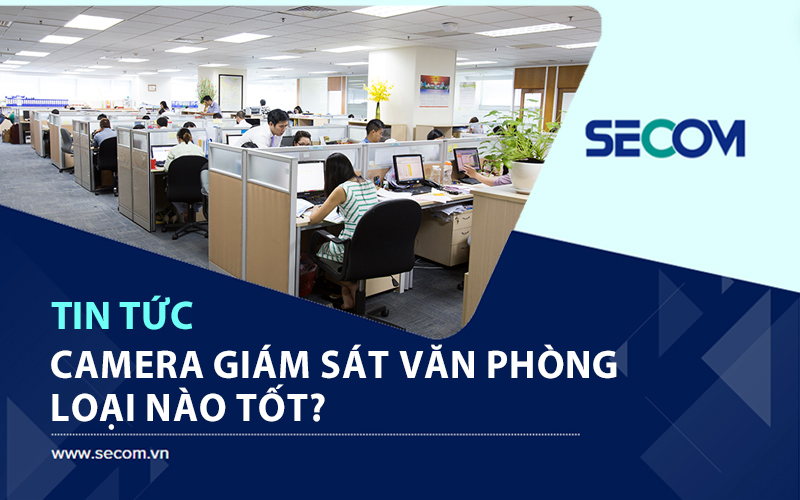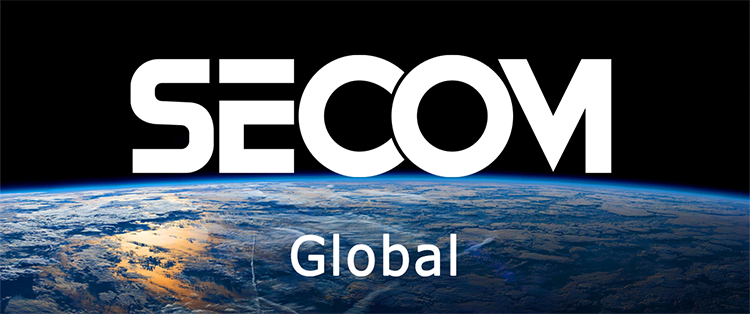- SECOM News
- May. 21, 2024
What is a Sensor? Roles, Applications and Types of Sensors 2024
In some fields with special characteristics such as communications or industry, transportation, etc., the use of sensor devices is no longer strange. This device plays an important role in intelligent and automation systems, helping to reduce risks and improve efficiency and accuracy during operations. So what exactly is a sensor? How many types of sensors are there? Find out with SECOM security company in the following article.
What is a sensor?
First, let’s learn the definition of what a sensor is. Sensor is a tool responsible for receiving physical signals (sound, temperature, humidity, pressure, length, acceleration…), then converting them into electrical signals for recording. information and measure, control or monitor operational processes.
Sensors are an indispensable part of the automation system, helping to improve efficiency and accuracy during system operation. Currently, most sensor devices are placed in protective housings to form probes or receivers.
General structure of different types of sensors
In order to accurately meet the user’s requirements and purposes, sensor devices are manufactured in many different types. However, basically, all types of sensors will have a uniform general structure. So what is the structure of these types of sensors?
The structure of smart sensors includes electrical circuit elements, systematically arranged and packaged in a box. In particular, the emitted signals will be regulated according to the current and voltage level to best suit the controller.
How does the sensor work?
Sensor devices will not be able to operate independently, instead, they will need a power supply. In particular, the power source will be provided from the measuring device or from the signal source the device receives (for example: light, wind power…).
Below is the connection diagram necessary for the sensor system to operate effectively, including:
- Sensor: Compatible with the application.
- Wire part: Receives and sends signals from the sensor to the measuring device.
- Measuring equipment part: Includes a converter that converts the signal received from the Sensor into an electrical signal or a data display screen for users to easily read. Besides, it is also necessary to use function keys for sensors.
Sensor classification
After understanding the operating principle of sensors, let’s explore common types of sensor devices with SECOM. Currently, industrial sensors are divided into many different groups, specifically:
- Physical sensors: Includes sound, light, radiation rays/particles, motion, vibration, pressure, distance…
- Chemical sensors: Including humidity, pH, smoke, ions…
- Biological sensors: Including DNA/RNA, glucose, special proteins, viruses, bacteria…
- Physical detection sensors: Including metal, fire, chemical gas…
- Sensing sensors: Including temperature, motion, radiation, pressure…
- Active sensor: No additional power is needed to convert the signal to an electrical signal. Active sensors include antennas, ceramic materials…
- Passive sensors: Need to use additional voltage to convert the received signal into an electrical signal. Passive sensors include resistive sensors.
In addition, sensors are also classified into contact and non-contact sensors.
Popular types of sensors today
| Image and vision sensors | Particle sensor | Flow sensor |
| Temperature sensor | Motion sensor | Defect sensor |
| Acceleration sensor | Metal sensor | Flame sensor |
| Radiation sensor | Level sensor | Electric sensor |
| Proximity sensor | Leak sensor | Contact sensor |
| Pressure sensors | Humidity sensor | Non-contact sensor |
| Position sensor | Gas and chemical sensors | |
| Photoelectric sensor | Force sensor |
What is the role of sensors?
Sensor devices are applied in many different fields from industry, medicine to transportation, electronics… Below are some of the most important roles:
- Data acquisition: Sensor devices have the role of collecting information from the surrounding environment (light, movement, temperature…).
- Measurement and monitoring: Sensors help measure physical and chemical parameters, thereby helping users to more easily monitor.
- Adjustment: The data recorded from the sensor is used to adjust the system, thereby ensuring the device operates effectively.
Some applications of current sensor types
Sensors are divided into many different types to serve all needs as well as meet the specific requirements of each field. Therefore, the applicability of sensors will also be different, specifically:
Image and vision sensors
Image sensors assist users in promptly detecting the presence of colors or objects within the device range. Then convert the data into display images for users to easily observe. Vision and image sensor specifications to note include:
- Image sensor.
- Application needs observation.
- Some features of the converter.
Temperature sensor
This device is constructed as a temperature probe, from which the sensor can easily detect thermal parameters and transmit signals to the input of the measuring device. Technical specifications of the temperature sensor include:
- Temperature measuring range.
- Diameter.
- Length.
So what is the application of the sensor? In fact, temperature sensors are commonly used to measure the thermal properties of liquids, solids and gases in process industries.
Acceleration sensor
Accelerometers are used to convert an object’s vibration or physical acceleration signal into an electrical signal. The device is often integrated into a vibration meter or vibration data collector. Technical specifications to note:
- Measured value.
- Coefficient.
- Measuring axis…
Radiation sensor
Radiation sensors are used to sense the presence and density of Alpha, Beta, and Gamma particles. From there, it can accurately provide signals to the radiation meter. Technical specifications to note include:
- Sensor.
- Minimum radiant energy.
- Maximum radiant energy.
Proximity sensor
This is one of the commonly used types of sensors, capable of detecting objects without contact. The proximity sensor limits the object detection range (from only a few millimeters, up to a few centimeters). In case a foreign object approaches, the proximity sensor will generate a signal and notify the controller. So what are the sensor specifications?
Here are the technical specifications to note:
- Sensor.
- Maximum detection distance.
- Operating temperature (minimum, maximum).
- Diameter.
- Length.
Pressure sensors
Pressure sensing devices are used to detect force over a specific area in a liquid or gas. In particular, the received signal will be transferred to the input control device. Technical specifications of the pressure sensor include:
- Sensor function.
- Working pressure (minimum, maximum).
- Accuracy.
- Some other functions.
Pressure sensors are commonly used in measuring steam tank pressure, industrial air compressor equipment, air pressure sensors, air intake, car tires…
Position sensor
Position sensors or position transducers are often used to sense the position of valves, gates, etc. The device controls position in two common ways: measuring the reference angle or measuring the linear position. Technical specifications of this sensor include:
- Sensor type.
- Sensor function.
- Measuring range.
- Features of sensor type.
Photoelectric sensor
Photoelectric sensors are designed with the ability to sense objects, color, cleanliness and position effectively. The photoelectric sensor will emit light rays. If the light rays are blocked, the device will transmit a signal to the control center. This device is commonly used in industry, factories, workshops or automation areas.
Particle sensor
Particle sensors are capable of sensing dust in the air, thereby providing input signals to the control device. Technical specifications of the particle sensor include:
- Probe.
- Minimum detectable particle size.
- Temperature limit.
- Sample volume.
- Response time.
With outstanding dust monitoring capabilities, particle sensors are commonly used in warehouses, construction sites, environments…
Motion sensor
This type of sensor can detect the movement of objects within a certain range. Currently, motion sensors are mainly used in sensing motion and automatically opening doors in shopping centers, supermarkets, stores…
Technical specifications of the sensor type to note include:
- Intended application.
- Sensor type.
- Function.
- Minimum perceptible speed.
- Maximum perceptible speed.
Metal sensor
Metal sensors are mainly used in detecting metals in food, sawmills, and goods. At the same time, users can also easily encounter metal detectors at the airport. Specifications to consider when purchasing metal sensors include:
- Application.
- Scope of operation.
- Essential features.
Level sensor
Level sensors are used primarily to determine height in tanks or bins. This is to make sure the liquid, solid, and gas have reached the set threshold. In addition to the application of determining the height of objects in tanks and barrels, level sensors also promote effective uses in ultrasonic, capacitive, mechanical…
Leak sensor
Leak sensors have the ability to effectively monitor or identify leaks of water, gas, etc. This device is often used to check joints, welds, cracks, etc. Thereby limiting unwanted incidents as well as protecting user safety.
Humidity sensor
Humidity sensors are mainly used to measure the amount of water in the air. After obtaining the results, the device will transmit the signal to the humidity meter and provide data to the user.
Gas and chemical sensors
Gas and chemical sensors are often used to monitor safety in homes, factories, sense gases and chemicals in the area… Specifically, this device is used to detect and issue warning signals. Report harmful gases such as gas, heat-sensitive gases, refrigerants, chemicals… to ensure user safety.
Force sensor
Force sensors are an indispensable part of measurement and inspection systems. The device helps record and convert force into electrical signals, thereby easily checking weight, torque, and load parameters. Force sensors are mainly used in force measuring machines, industry, food processing, research…
Flow sensor
Flow sensors are used to determine the movement of liquids and gases, thereby providing signals to flow measuring devices. In addition, flow sensors are also used in the processing industry. Specifications to consider when purchasing a flow sensor include:
- Sensor function.
- Maximum flow.
- Working pressure.
- Temperature limit.
Defect sensor
Flaw sensors are applied in many different processes to find inhomogeneities on material surfaces. The product can be used on rubber, steel, plastic, corroded materials… Technical specifications to consider include:
- Sensor
- Test scope
Flame sensor
The flame sensor is used to sense and determine the level of the flame. In addition, this sensor device is also used in safety checks. For example: Fire suppression system under the hood, gas cooking equipment…
Electric sensor
This type of electronic device can sense current and voltage and provide signals to measuring or monitoring equipment. Electrical sensors have high accuracy and automation systems, so they are often used in monitoring pumps, heaters,…
Contact sensor
This type of sensor receives signals by touch or through physical contact between the object and the device. Contact sensors are often integrated into alarm systems on doors, windows, fingerprint locks,…
Non-contact sensor
As the name suggests, contactless sensors do not require interaction between the object and the device. Non-contact sensors are used in many fields such as: Monitoring vehicle speed, measuring vibration, noise, deformation…
Some things to keep in mind when choosing to buy a sensor
In addition to understanding the applications of different types of sensors, users also need to consider some important criteria to choose to buy the right sensor for the right use, specifically:
- Consider the sensitivity of the sensor, specifically the minimum data the device can collect.
- Select the sensor according to the linear level to easily determine the range of transformed values with a fixed transformation coefficient.
- You should choose a sensor according to the signal noise level. The lower the noise level of the sensor, the better the quality.
- Select sensors according to technical tolerances based on noise and device sensitivity.
- Choose Sensor based on drift, latency, as well as sensor reliability.
Above is a summary of common types of sensors as well as the role of sensors. Hopefully through this article, you have a clear understanding of what sensors are and the applications of each type, thereby making it easier to choose the appropriate sensor type. In case you are looking for a consulting unit to install security surveillance solutions or metal detector systems, please contact SECOM for detailed consulting support.

















